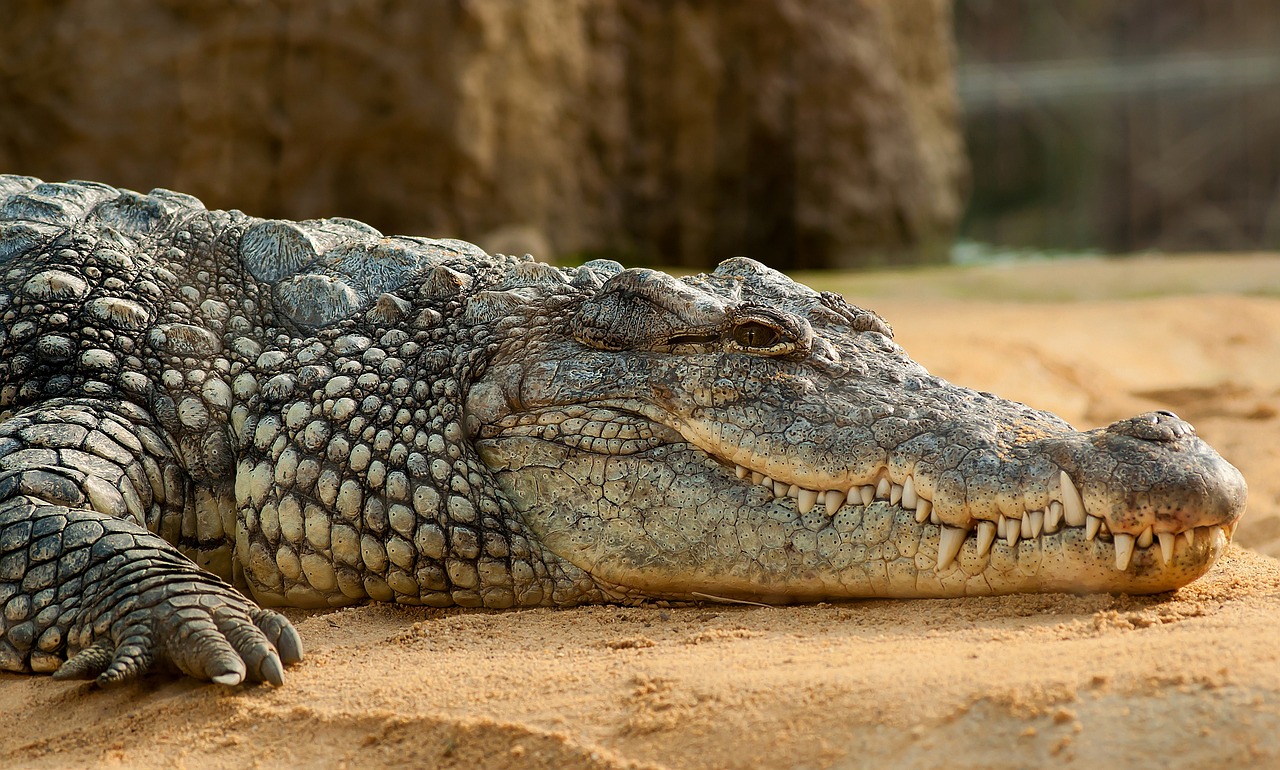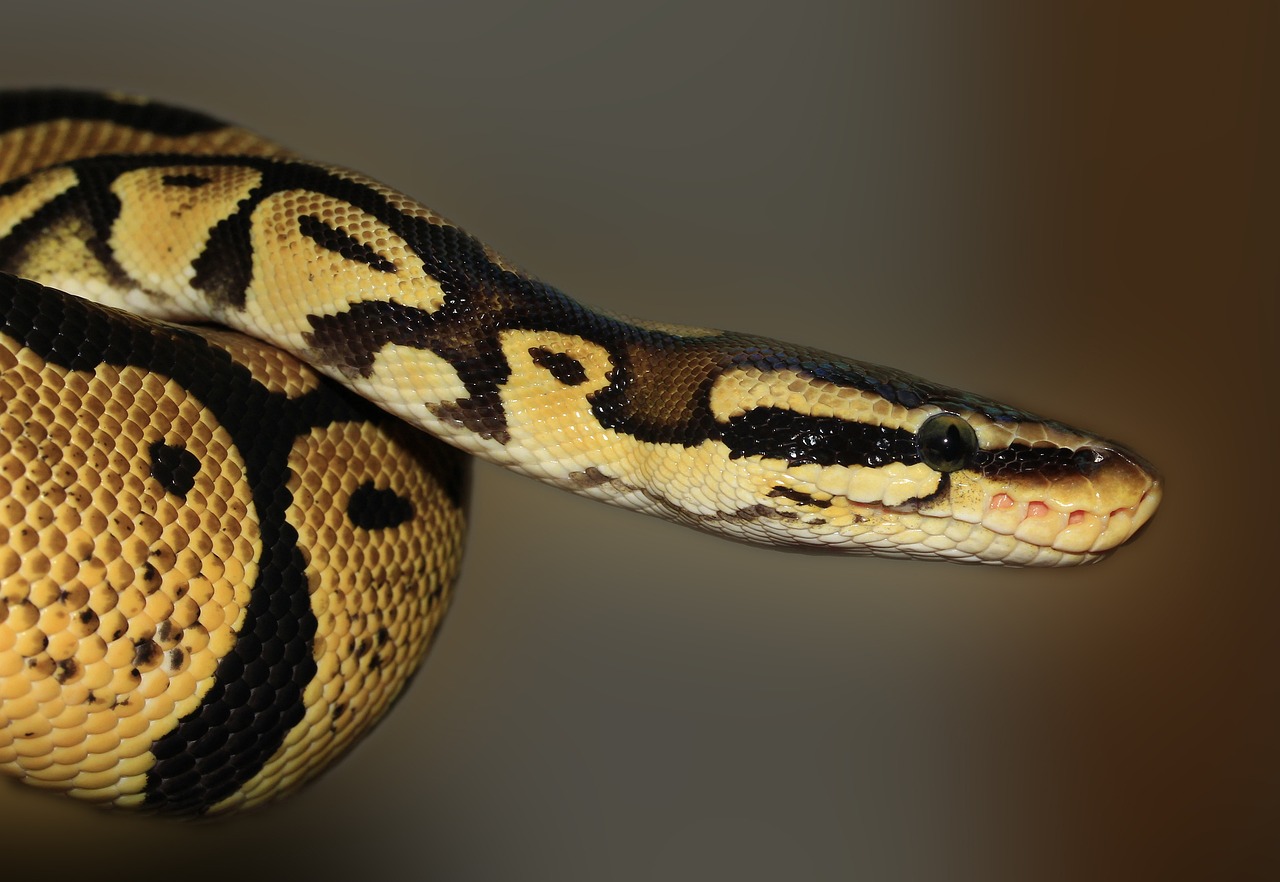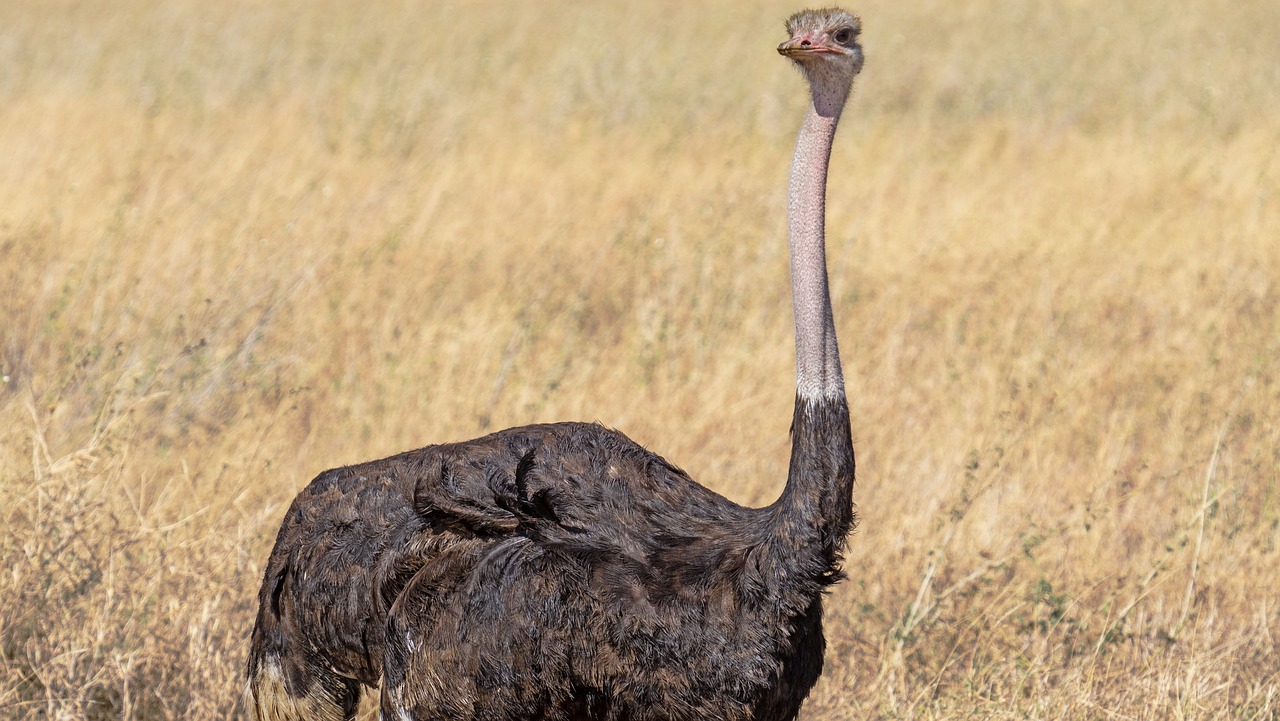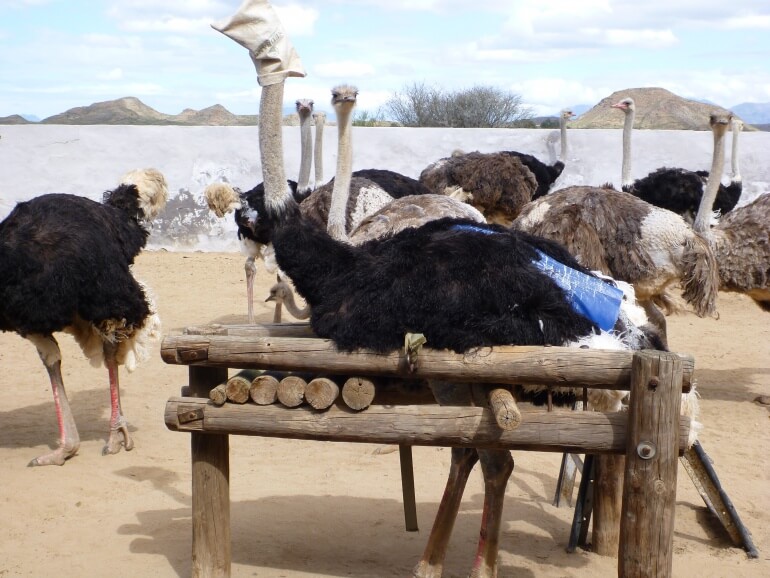Every year, millions of animals – including crocodiles, alligators, lizards, snakes, zebras, bison, water buffaloes, boars, deer, kangaroos, elephants, eels, sharks, dolphins, seals, walruses, frogs, and other wildlife – are tortured and killed in the wild animal–skins industry. The wallets, belts, bags, and other accessories made from their stolen skin retail for upward of tens of thousands of pounds – but they cost the animals everything.
Over the years, PETA entities and other animal advocates have repeatedly blown the lid off the secretive wild animal–skins trade. We’re dragging its hidden practices into the light, but we need your help to end the violence. See some of the industry’s victims for yourself, then take action to help protect animals from an excruciating death.
They Just Want to Live in Peace
Mother crocodiles and alligators are fiercely protective of their babies, and hatchling alligators generally stay together in a “pod” for one to three years. In captivity, these animals are denied the opportunity to experience the joy of the mother-child bond. Instead, they’re condemned to a living hell.

Lizards are as beautiful as they are varied. They possess astonishing abilities, like running on water and changing colour – and they all want to be left alone to enjoy their lives, which can last up to 30 years in nature. Wildlife skin dealers typically snatch lizards from their homes before painfully killing them for their skin.

In nature, snakes like to spend their time alone and enjoy sunning themselves. They don’t seek out or attack humans and have more reasons to fear us than we do them. Snakes used by the fashion industry are violently torn from their homes – pythons are often hunted down deep in the jungles of Indonesia or Malaysia – by those looking to make quick money or raised in small, barren enclosures that prevent them from engaging in their natural behaviour.

In nature, ostriches share parental duties. Young birds stay with their parents for up to three years, learning about the world around them, but on factory farms, they don’t even get to meet their parents. Although ostriches can live for more than 40 years, those raised and killed in the wild animal–skins industry are typically slaughtered when they’re just 1 year old.

Investigators Tracked Down Wild Animal–Skins Producers Worldwide – Here’s What They Found
Workers at snake-killing operations use air or water to inflate the reptiles to death – which makes it easier to peel off their skin. Stunning, which is meant to render them unconscious, is often done improperly, which means these sensitive individuals are subjected to almost unimaginable pain as they’re skinned alive.
Workers callously cut snakes open from one end to the other. Because of their slow metabolism, they can be left in agony for weeks before they die.

Crocodile and alligator farmers imprison these animals in filthy, barren enclosures from birth until they’re slaughtered. Workers deny them basic necessities, such as clean water, veterinary care, and the freedom they would enjoy in nature.
An investigator found alligators still moving in an ice bath after workers attempted to slaughter them, meaning they may have been alive – in excruciating pain – drowning or dying of hypothermia.
A PETA Asia investigator documented workers electroshocking crocodiles – even though there’s no good evidence that this renders them insensitive to stress or pain – then attempting to kill them by cutting into their necks and ramming metal rods down their spines.

In Indonesia, PETA Asia discovered that workers tied captive lizards’ legs together, hit the struggling animals, and beheaded them – a process that involved hacking at their heads up to 14 times with a machete without even rendering them unconscious first.

When PETA entity investigators tracked down the world’s largest ostrich-skin supplier, they found it was a hellhole. Workers were caught abusing terrified ostriches, from transport to the moment they were killed. Inside abattoirs, they forcibly restrained each bird, electrically stunned them, and cut their throats in full view of their flockmates.

The Tide Is Turning
As we continue to expose the cruelty inherent in the wild animal–skins trade, the fashion community is starting to take a stance against it. Helsinki, Melbourne, and Stockholm fashion weeks have all banned wildlife skins from their runways – and that’s just the beginning.
Top-name fashion brands are also ditching wild-animal skins, including Chanel, Tommy Hilfiger, Calvin Klein, Diane von Furstenberg, Victoria Beckham, Jil Sander, Vivienne Westwood, Tory Burch, Brooks Brothers, and Nordstrom.